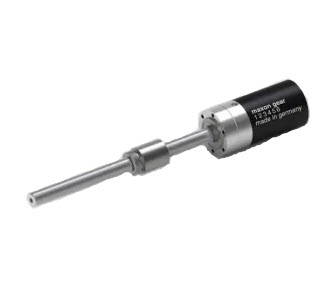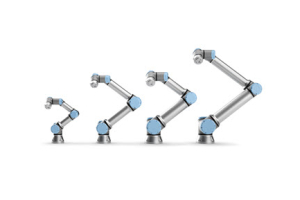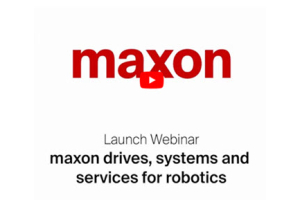
In the continuously evolving domain of motion control systems, understanding the nuanced differences between various equipment types becomes a critical task. The focus here is to delineate the distinctions and similarities between DC Linear Actuators and DC Linear Motors, which stand as prominent components in this domain.
This comprehensive guide aims to facilitate informed decision-making for engineers ranging from entry-level to veterans, encompassing a thorough exploration of the components, cost implications, and ideal applications of these mechanisms.
Understanding the Mechanisms
DC Linear Actuators
DC Linear Actuators are essentially devices that generate linear motion through the direct conversion of electrical energy. Central to their operation is a DC motor, which acts as the primary source of generating the necessary force. This motor operates in synergy with a lead screw, a crucial element responsible for converting the rotational movement generated by the motor into linear movement. The movement is facilitated by a nut that traverses along the lead screw, thereby creating a desired linear motion. To enhance the performance and control, these actuators can also be equipped with an optional encoder, which adeptly monitors the position and speed of the actuator, offering feedback for more precise control.
Ideal applications of DC Linear Actuators are quite varied, found ubiquitously in automation systems where controlled linear movement is a prerequisite. Their simplicity and cost-effectiveness have also fostered their integration in robotics, offering a reliable solution for generating linear motion. Additionally, they find utility in adjustable furniture, where their function is instrumental in achieving the desired adjustments with ease and efficiency.
DC Linear Motors
In contrast, DC Linear Motors operate on a slightly different principle. The primary part, known as the forcer, contains windings and moves dynamically over the secondary part or the platen, which is essentially a magnetized track. This interaction between the forcer and the platen creates a linear force, thereby driving the movement. To ensure smooth operations, bearings are incorporated to facilitate the seamless movement of the forcer along the platen. Furthermore, the inclusion of an encoder is almost a norm in these motors, ensuring high-precision control by constantly monitoring the position and speed.
DC Linear Motors are predominantly favored in sectors where high precision manufacturing is a priority. Their capability to offer high-speed, high-precision linear movements makes them indispensable in semiconductor fabrication processes where precision is non-negotiable. Moreover, in applications where high-speed and high-precision linear movements are quintessential, these motors stand as the preferred choice, promising efficiency and reliability.
Comparative Analysis
In order to provide a comprehensive understanding, here we present a tabulated analysis illustrating the pros and cons of both DC Linear Actuators and DC Linear Motors.
| Aspect | DC Linear Actuators | DC Linear Motors |
|---|---|---|
| Pros | Easy to control | High Speed |
| Integrated components | High precision | |
| Cost-effective | No backlash | |
| Cons | Limited speed range | Complex control |
| Potential wear due to friction | Higher initial cost | |
| Limited precision | More complex installation process | |
| Cost Implication | Moderate initial investment | Higher initial investment |
| Variable maintenance costs | Potentially lower operational costs in the long run | |
| Applications | Automation systems | High-precision manufacturing |
| Robotics | Semiconductor fabrication | |
| Adjustable furniture | Applications demanding high-speed linear movement |
In the task of choosing between a DC Linear Actuator and a DC Linear Motor, engineers are called upon to weave a fine balance between various factors including the specific requirements of the application, the associated costs, and the inherent characteristics of each system. While DC Linear Actuators offer a reliable and cost-effective solution for straightforward operations, DC Linear Motors emerge as the frontrunners in spheres demanding high-speed and precision. It rests upon the engineers to align their choices meticulously with the intended functionalities, thus paving the way for innovative and optimized engineering solutions.
For more information, visit DC Linear Actuators and DC Linear Motors.





